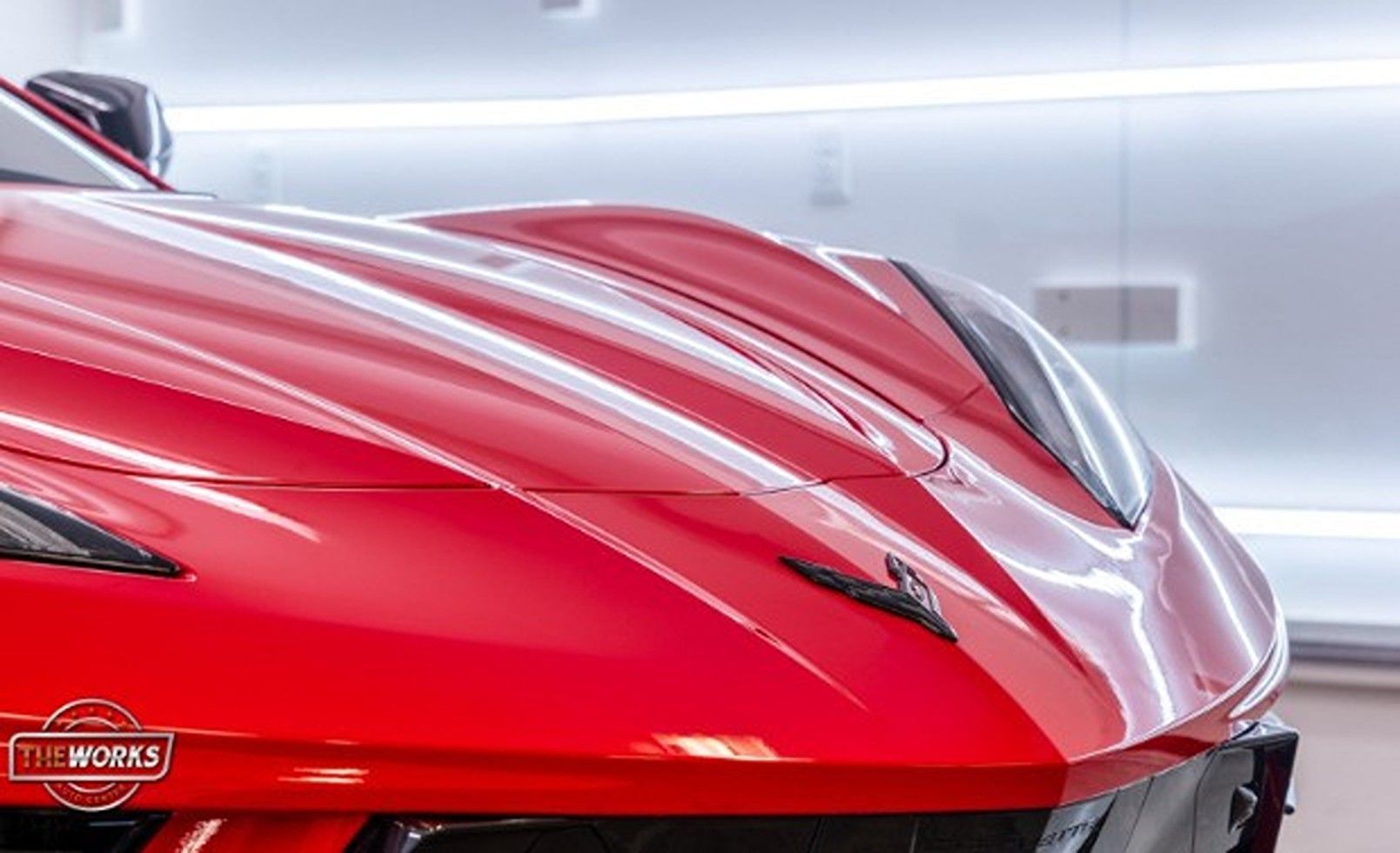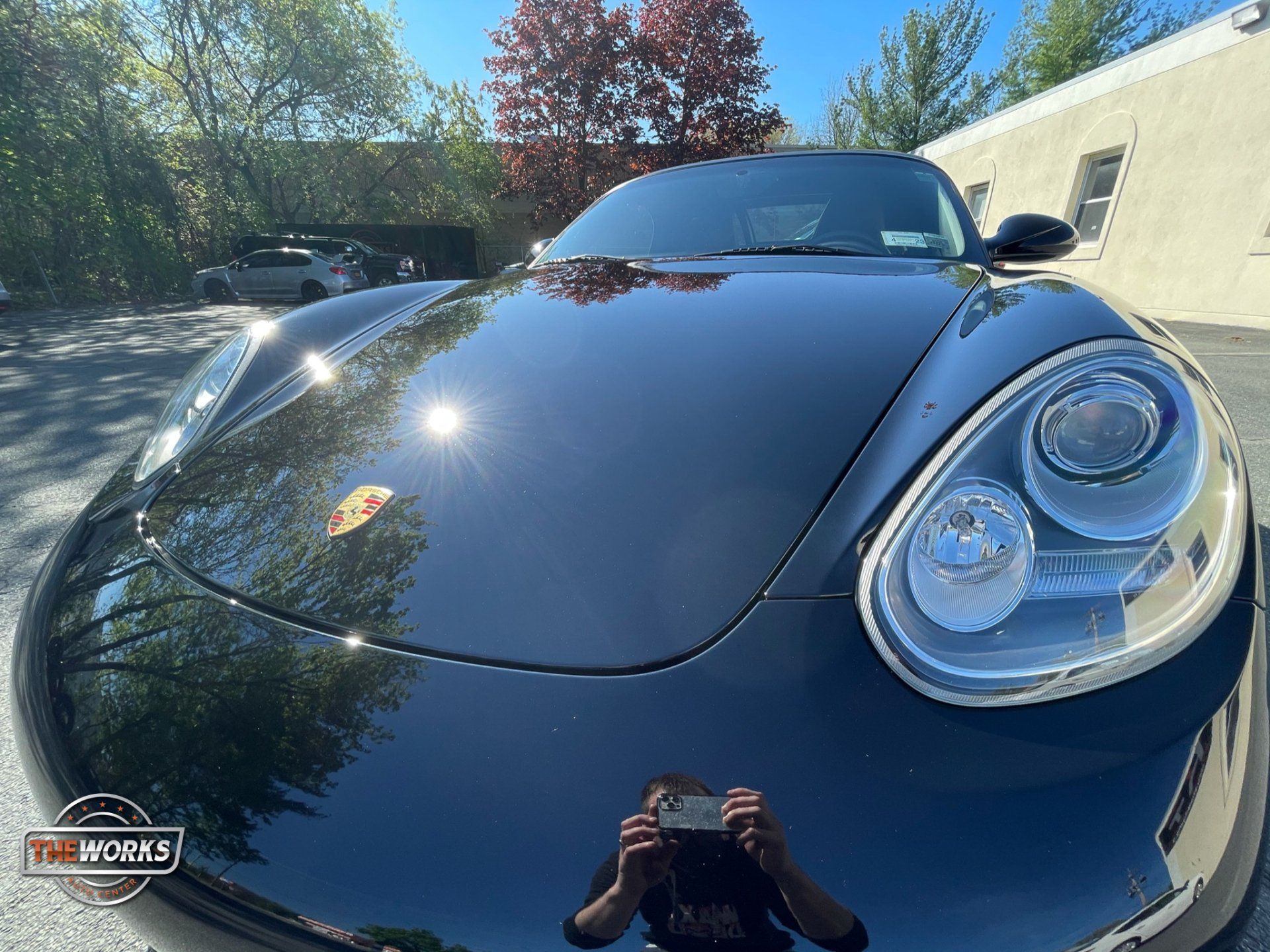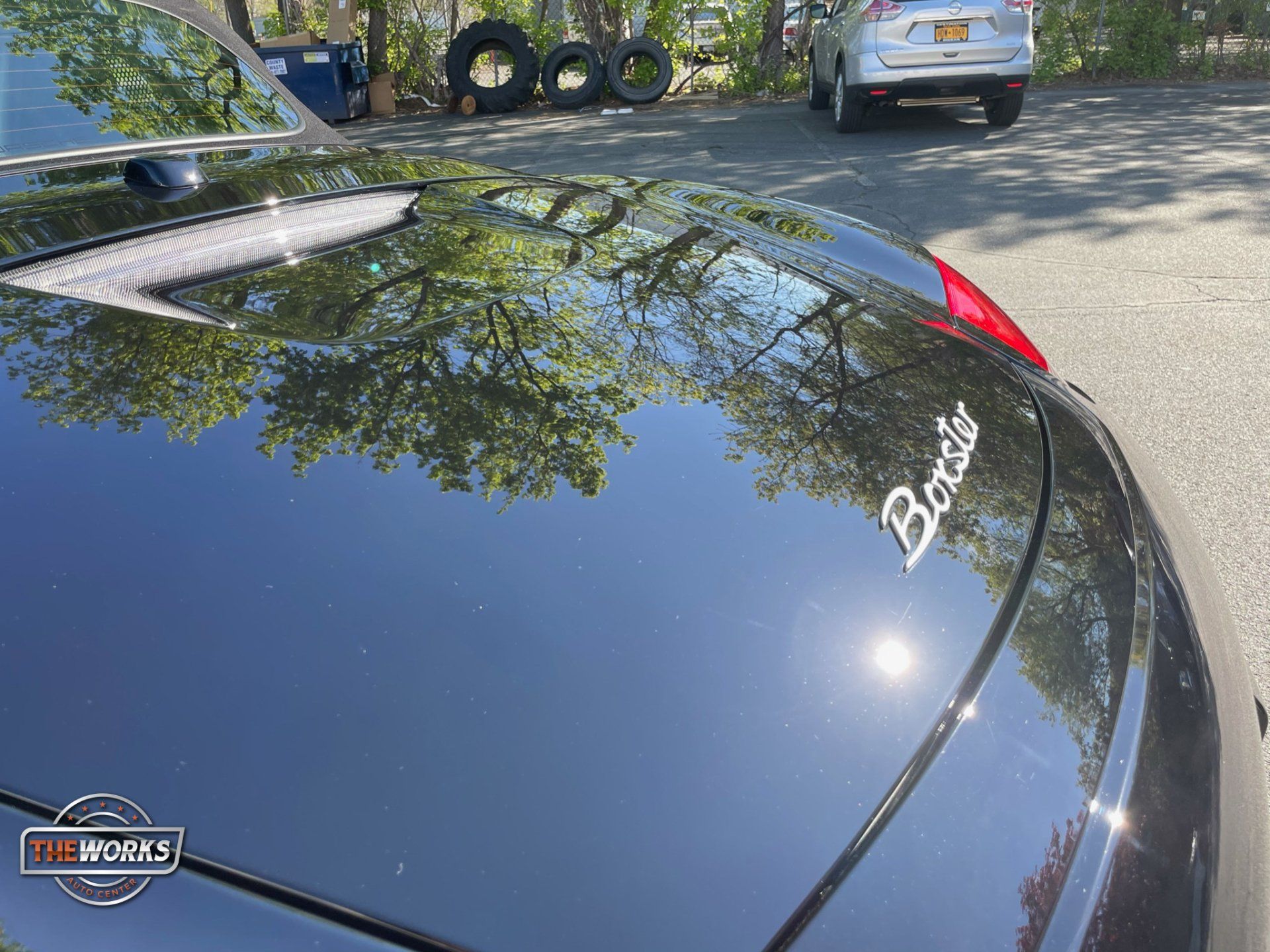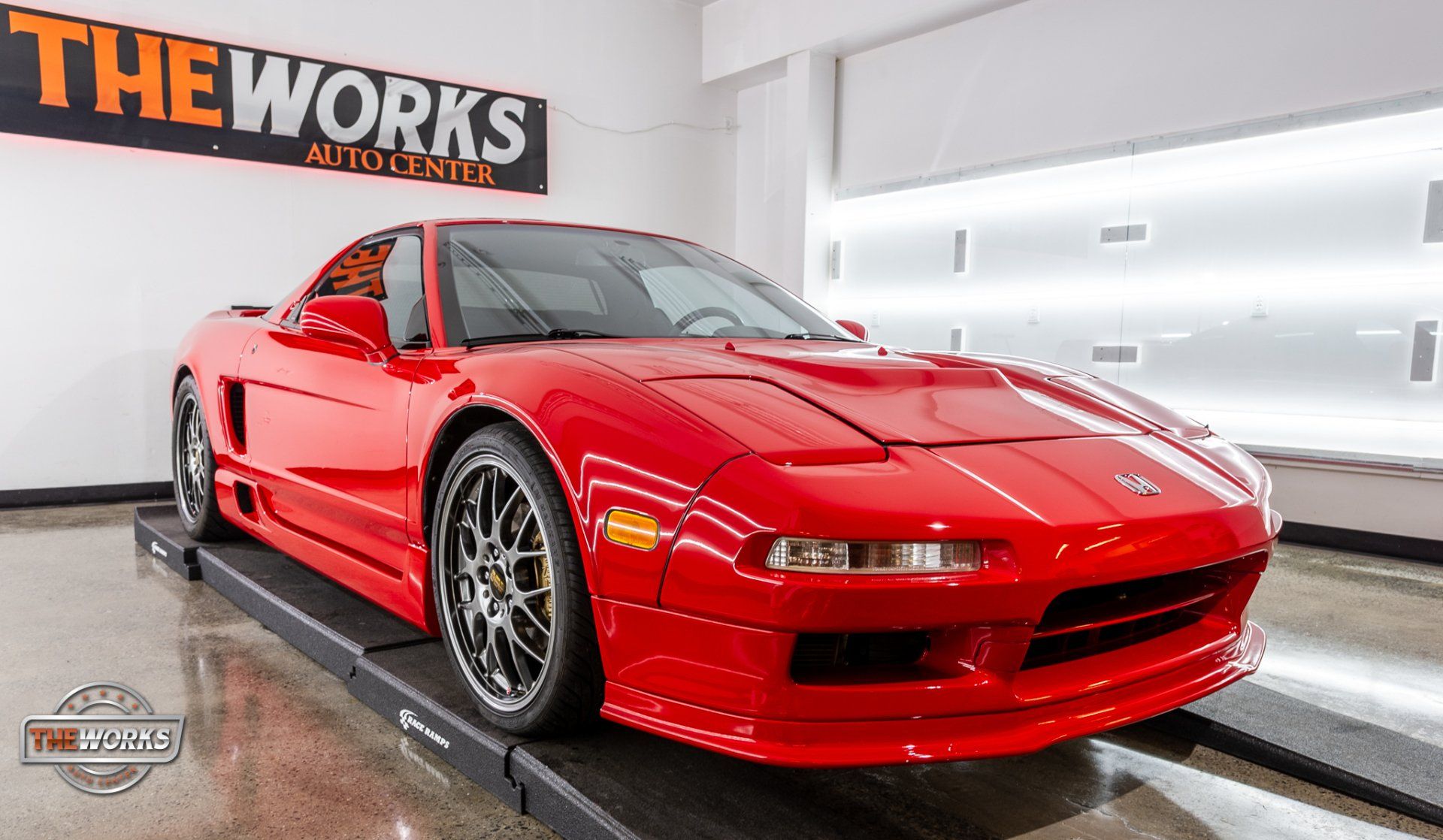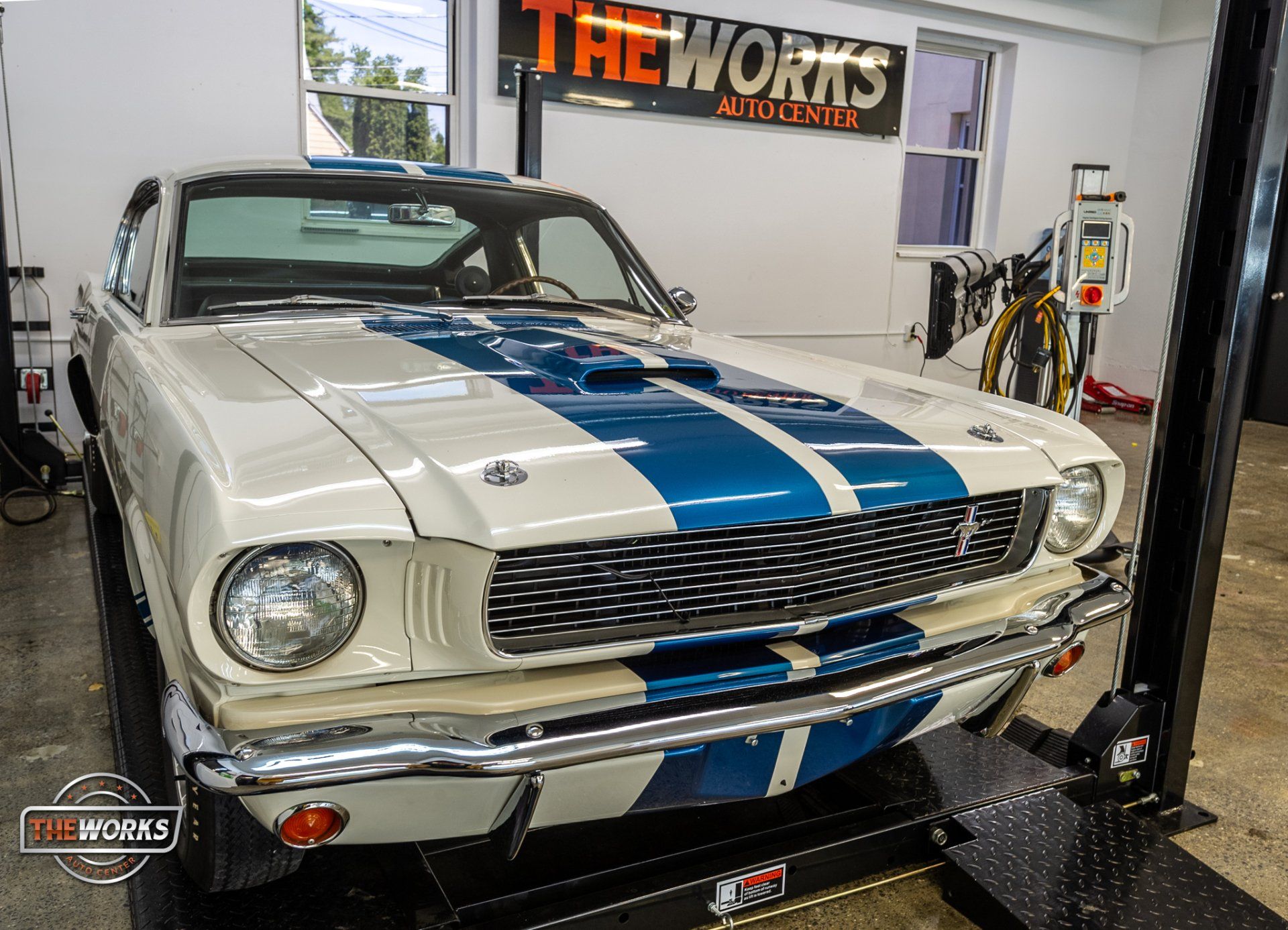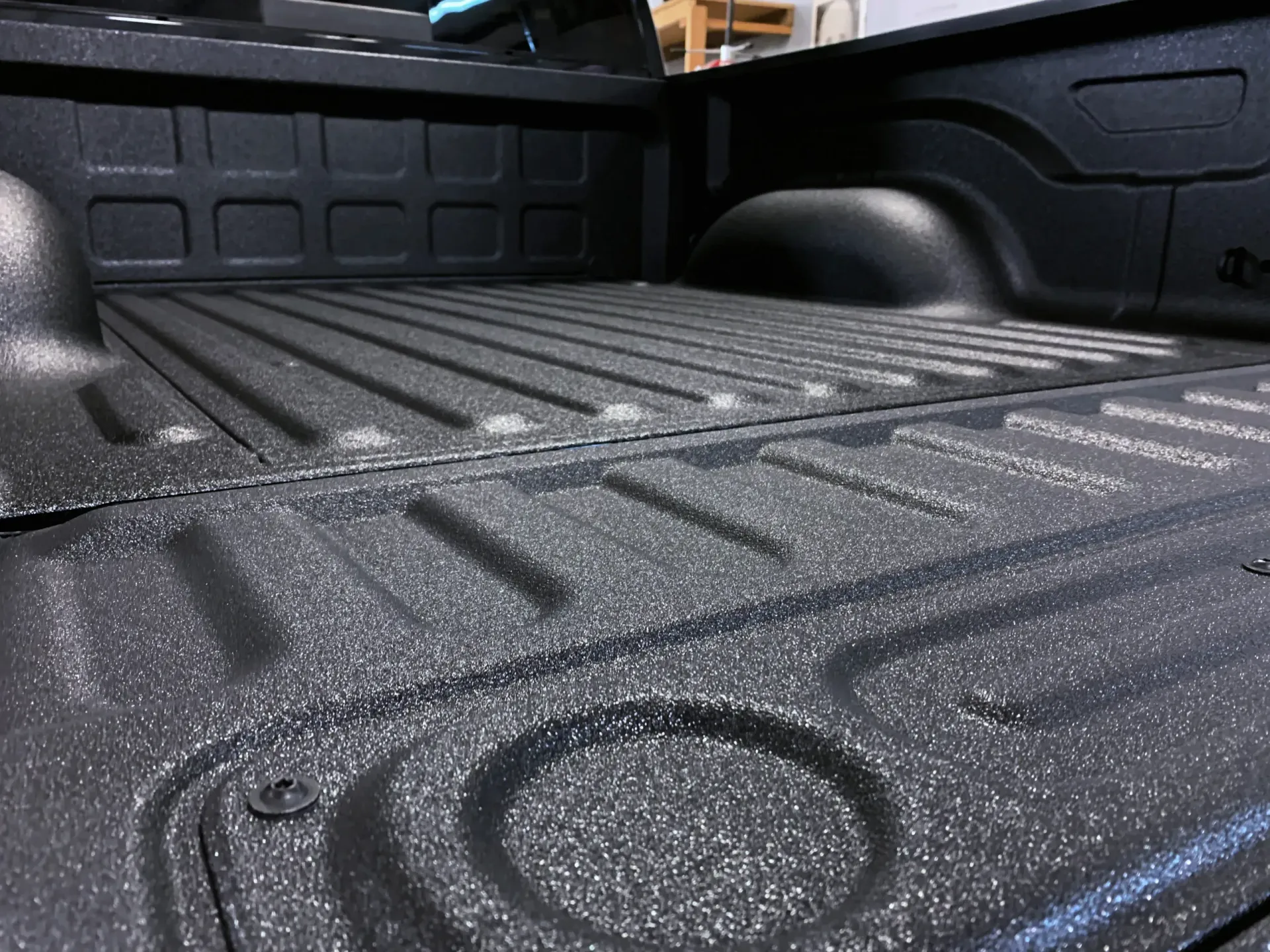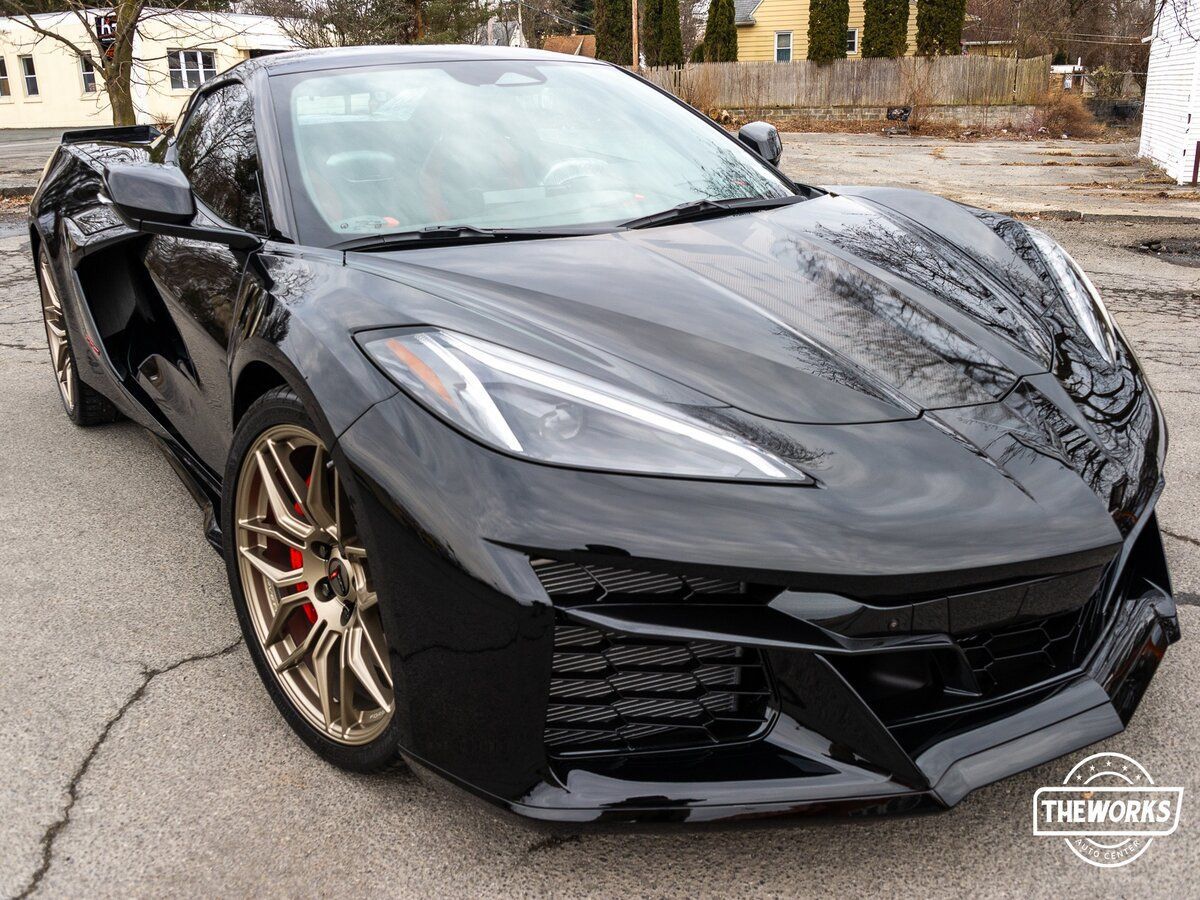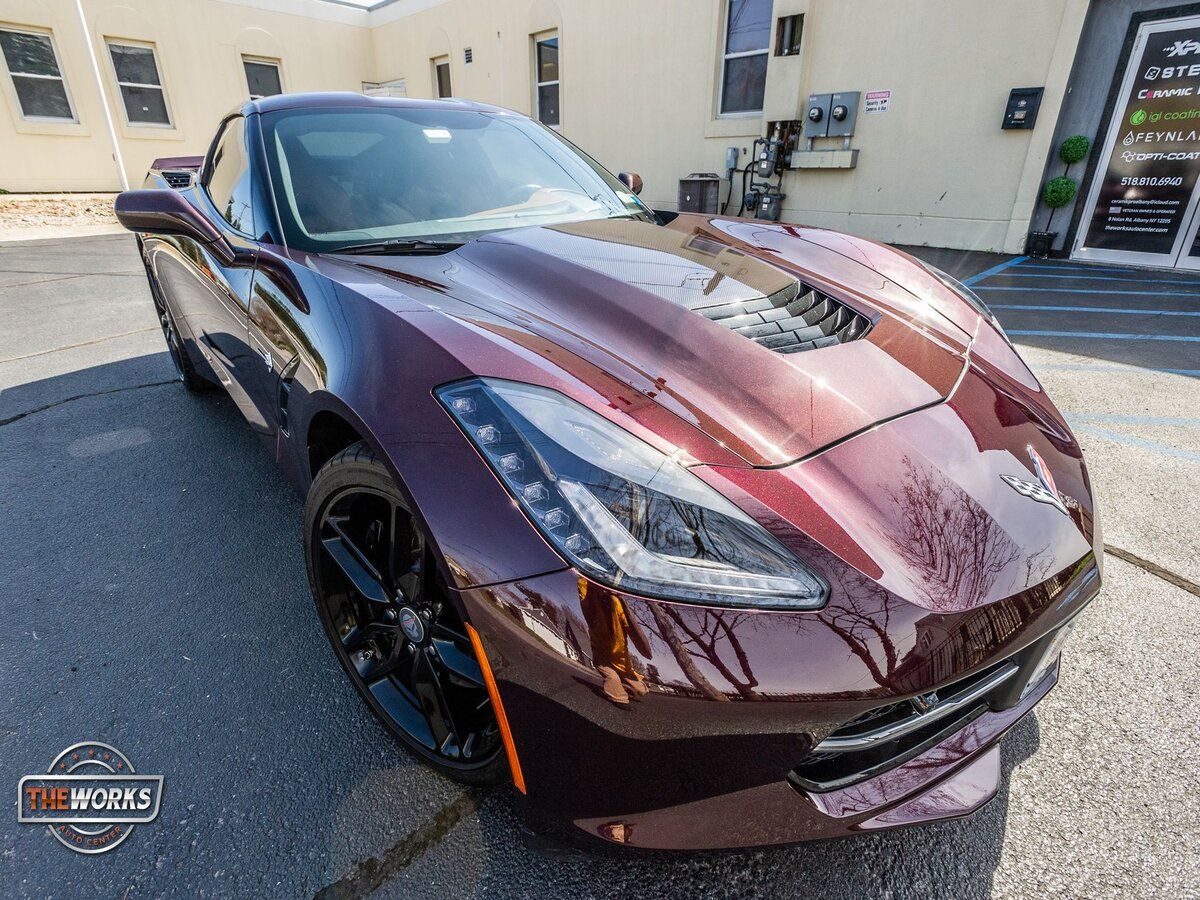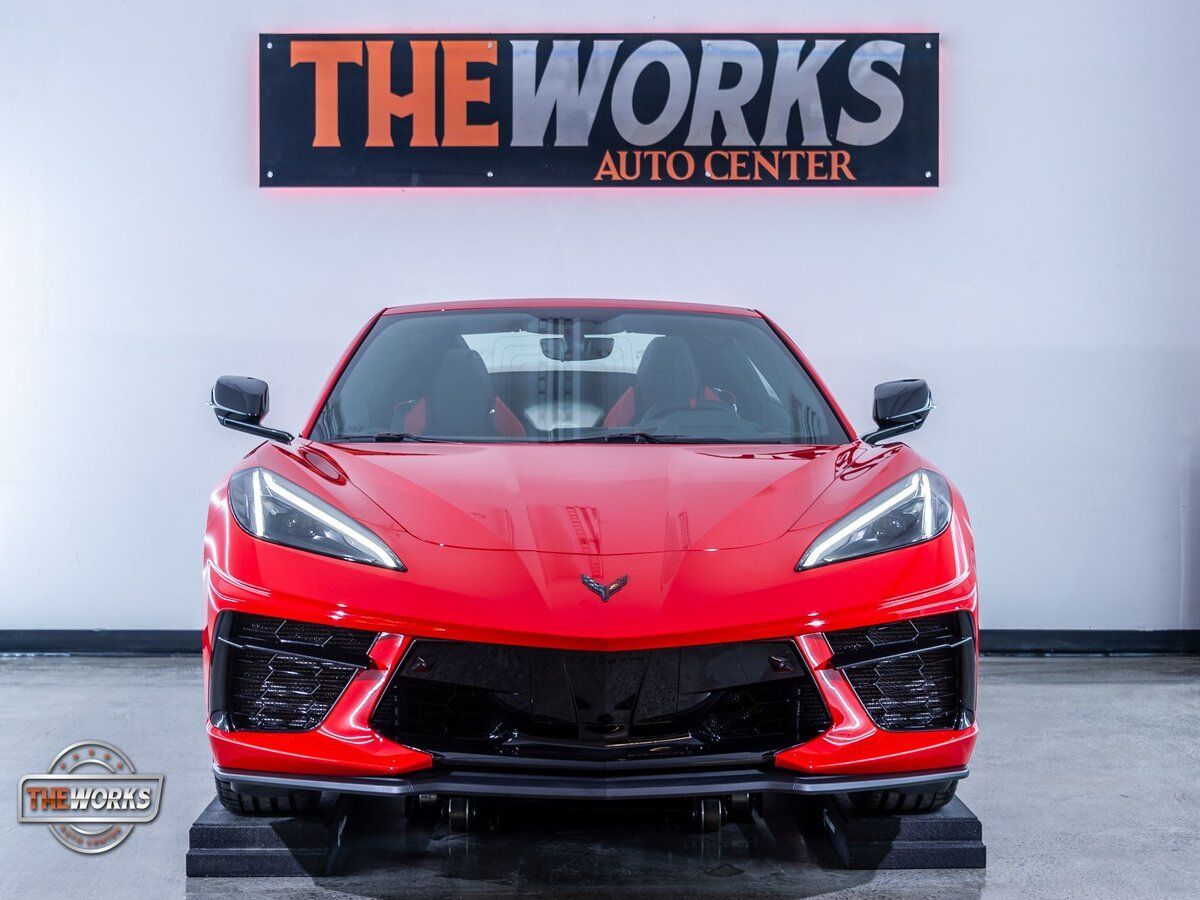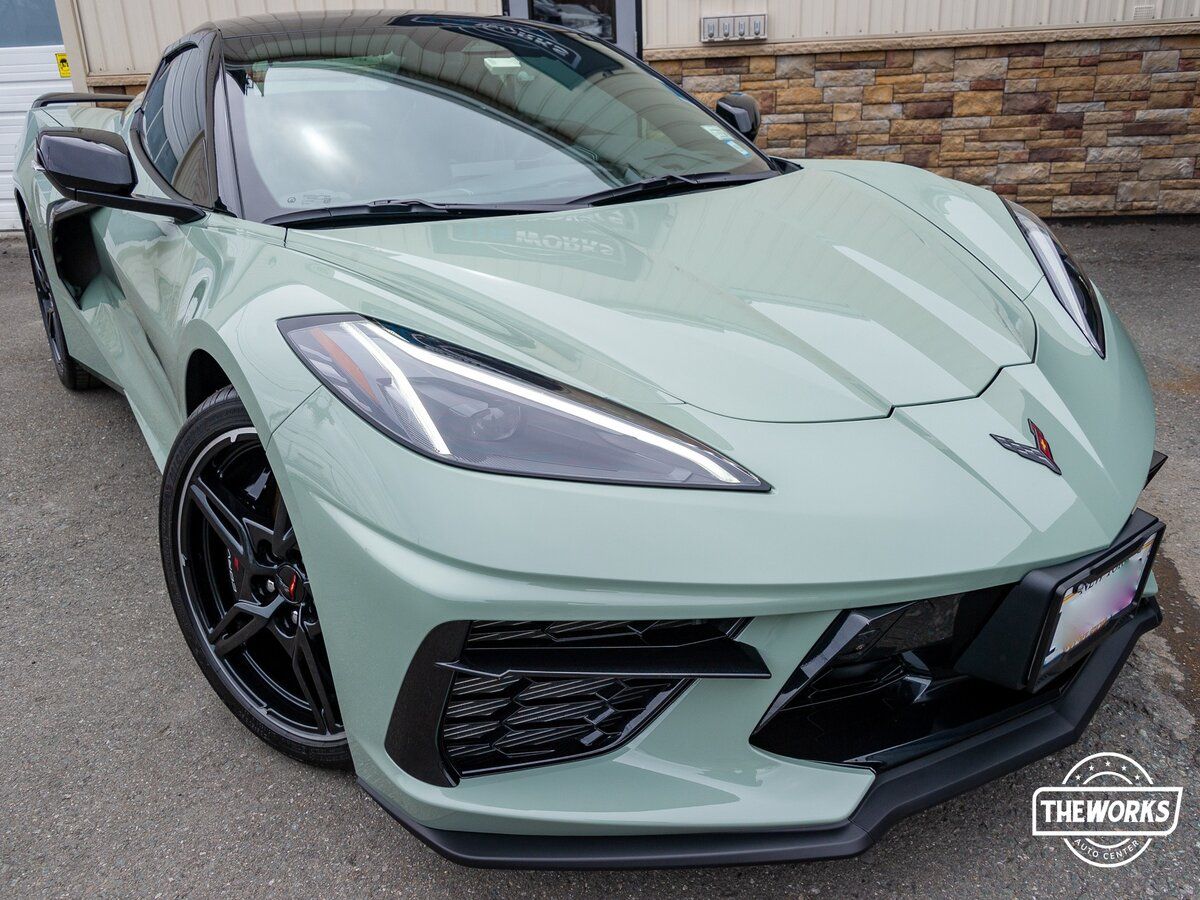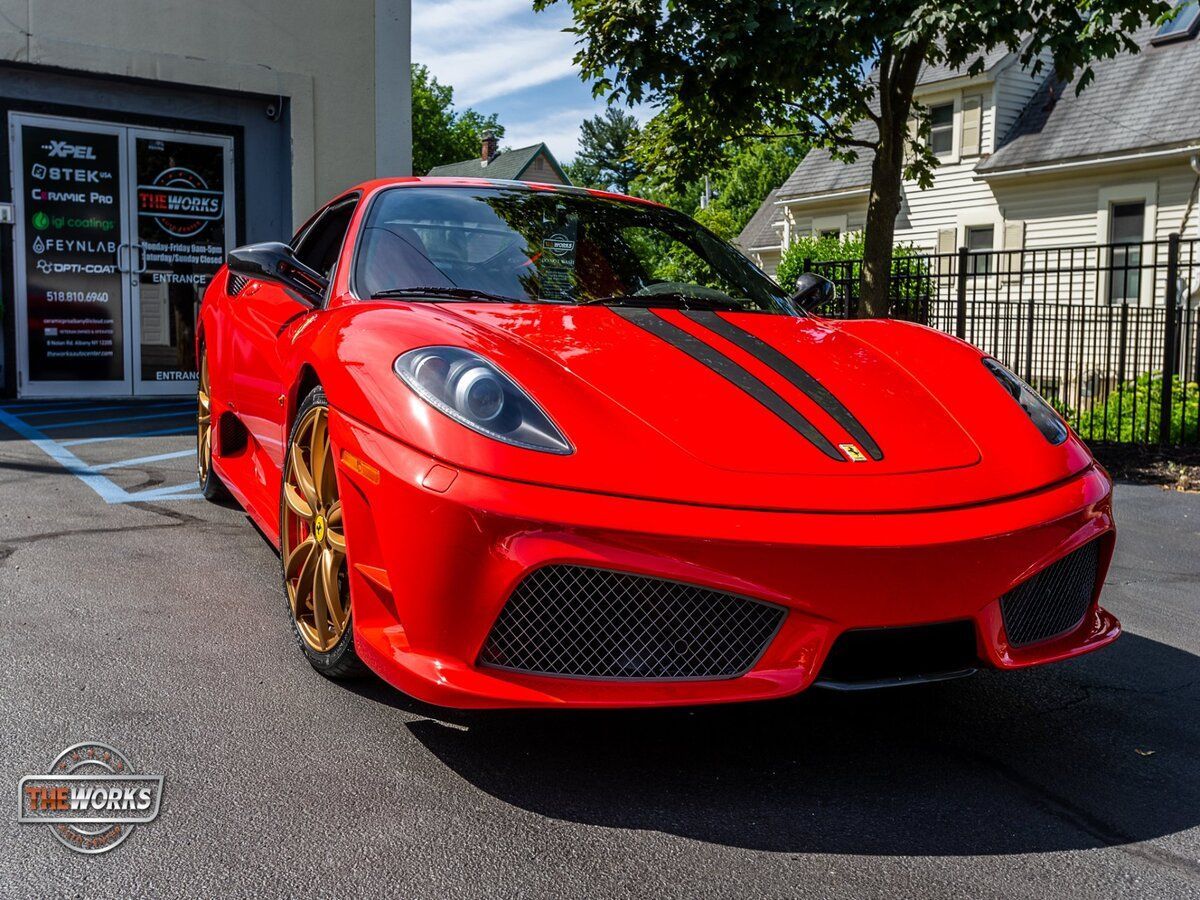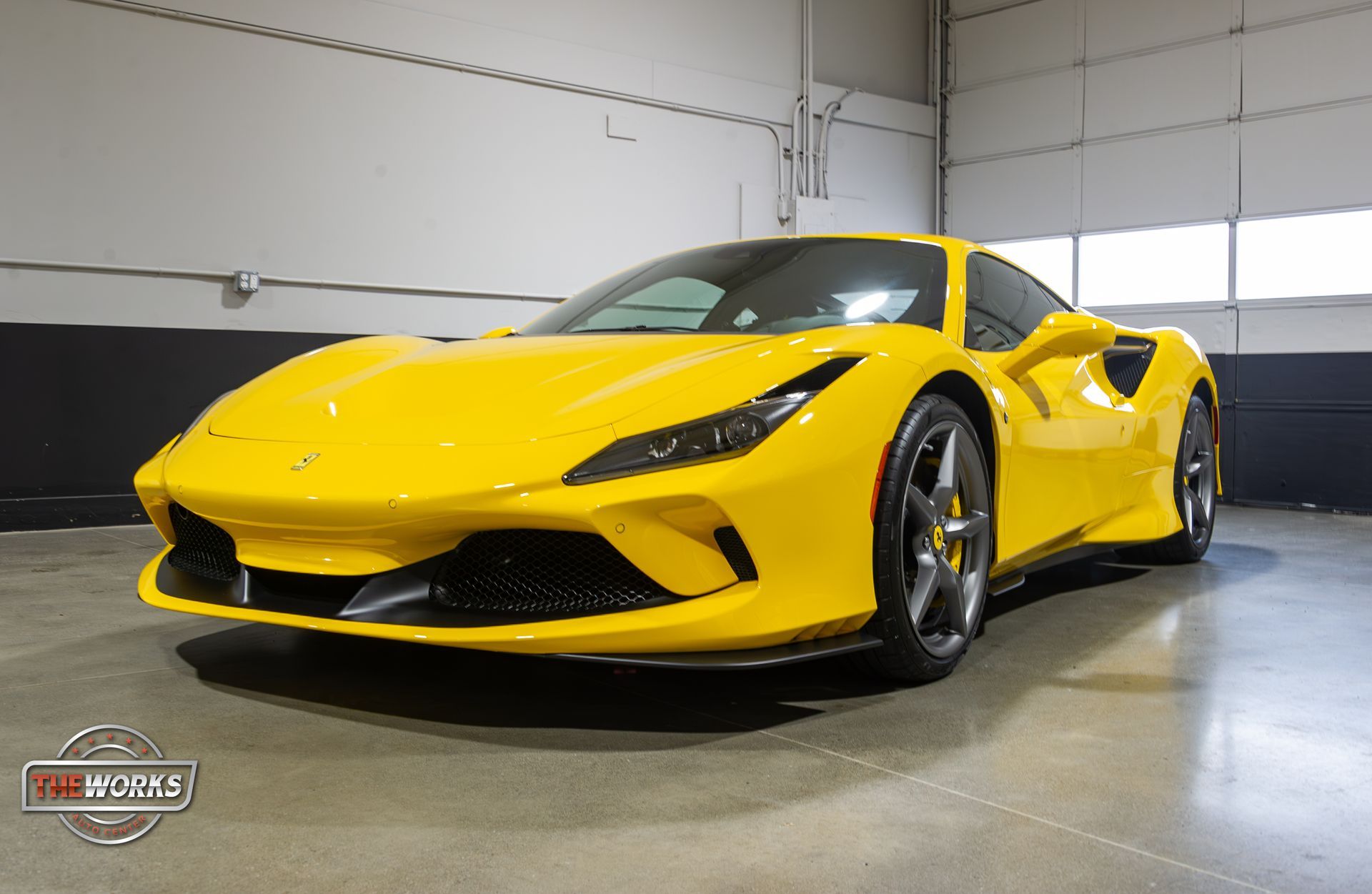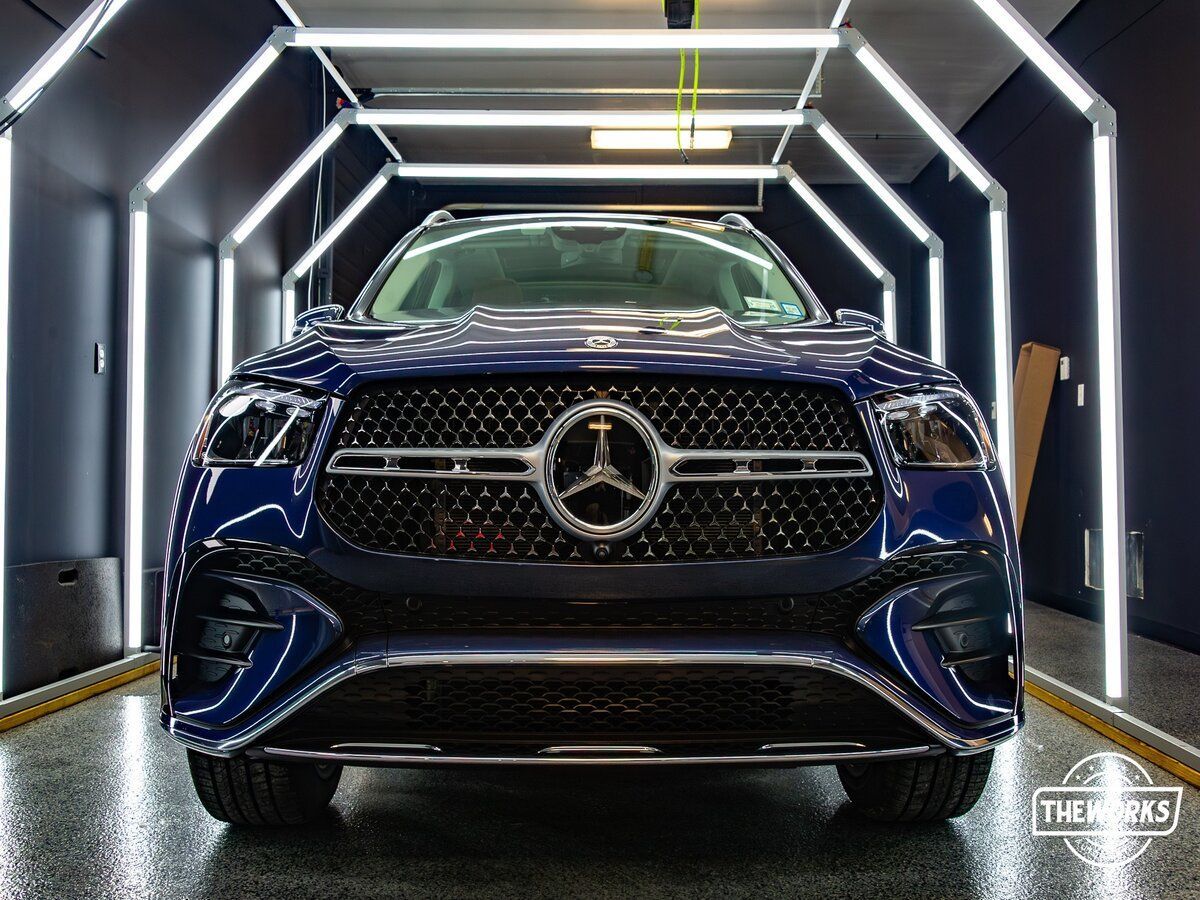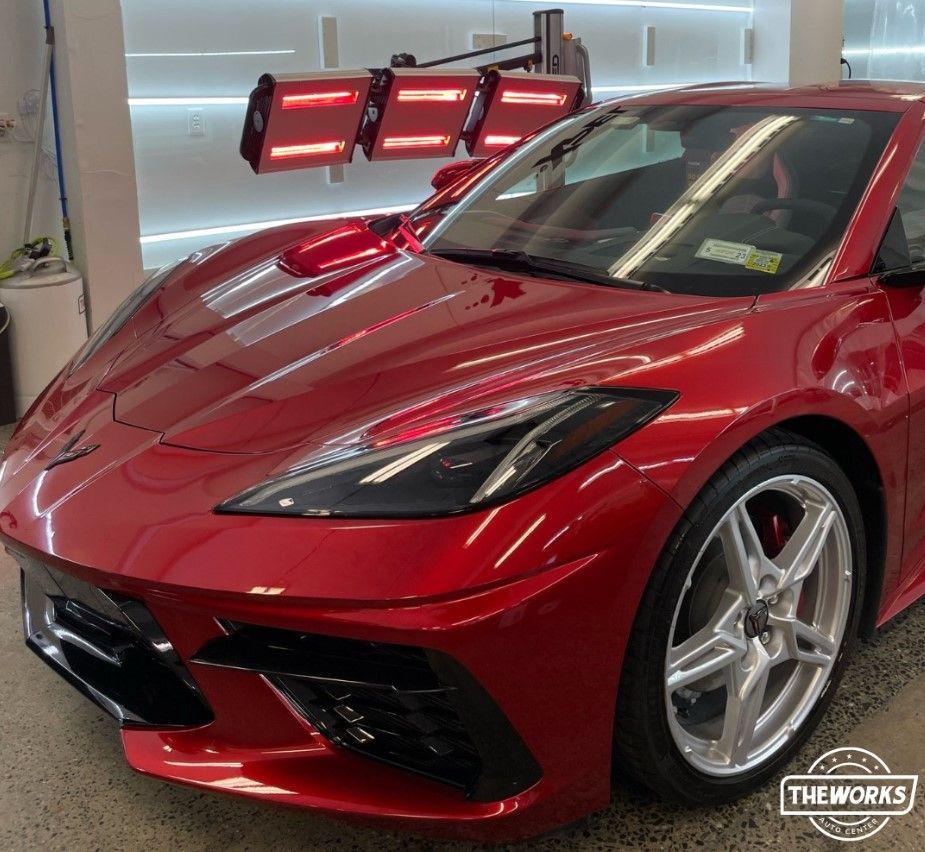Factors to Consider Before Getting Ceramic Coating
Applying ceramic coating to your car does more than make it shine attractively. This advanced technology forms a safeguard, defending your vehicle from harmful UV rays that might dull its color over time. However, the unspoken truth lies in its preventative capability, making tedious car washing and waxing virtually obsolete while prolonging your car’s youthful vibrancy. Now let's talk about how UV protection plays a role.
Why Ceramic Coating is Advantageous
When it comes to safeguarding your car's exterior, ceramic coating acts as a reliable shield against a variety of damaging elements. One of its primary advantages lies in its ability to provide protection from harmful UV rays, preventing paint from fading and oxidation. This means that even after years of exposure to sunlight, your car's paint will retain its vibrant color and shine, maintaining a fresh, new appearance.
Moreover, the aesthetic benefits of ceramic coating extend beyond protection; it also enhances the visual appeal of the car. The coating adds a sleek, glossy finish to the surface, providing an overall lustrous appearance that elevates the vehicle's aesthetic appeal. This means that not only does the ceramic coating offer protection, but it also adds an undeniable allure to the car's exterior, making it stand out on the road.
The enhanced gloss and shine provided by the ceramic coating enable your car to gleam under the sun with an unparalleled shine. It's like giving your car a timeless coat of elegance that sets it apart from the rest.
But it's not just about looks; there's practicality in play as well. The ceramic coating introduces hydrophobic properties to the car's surface, repelling water and making cleaning a breeze. This not only reduces water spots but also minimizes mineral deposits that can dull the paint over time. What this means for you is easy maintenance and a consistently clean and polished finish without spending hours on detailing.
In summary, ceramic coating offers a harmonious blend of protection, visual enhancement, and practicality by shielding against UV damage, adding gloss and shine, and repelling water effortlessly—all contributing to a more durable and visually striking vehicle.
Preparing Your Car for Ceramic Coating
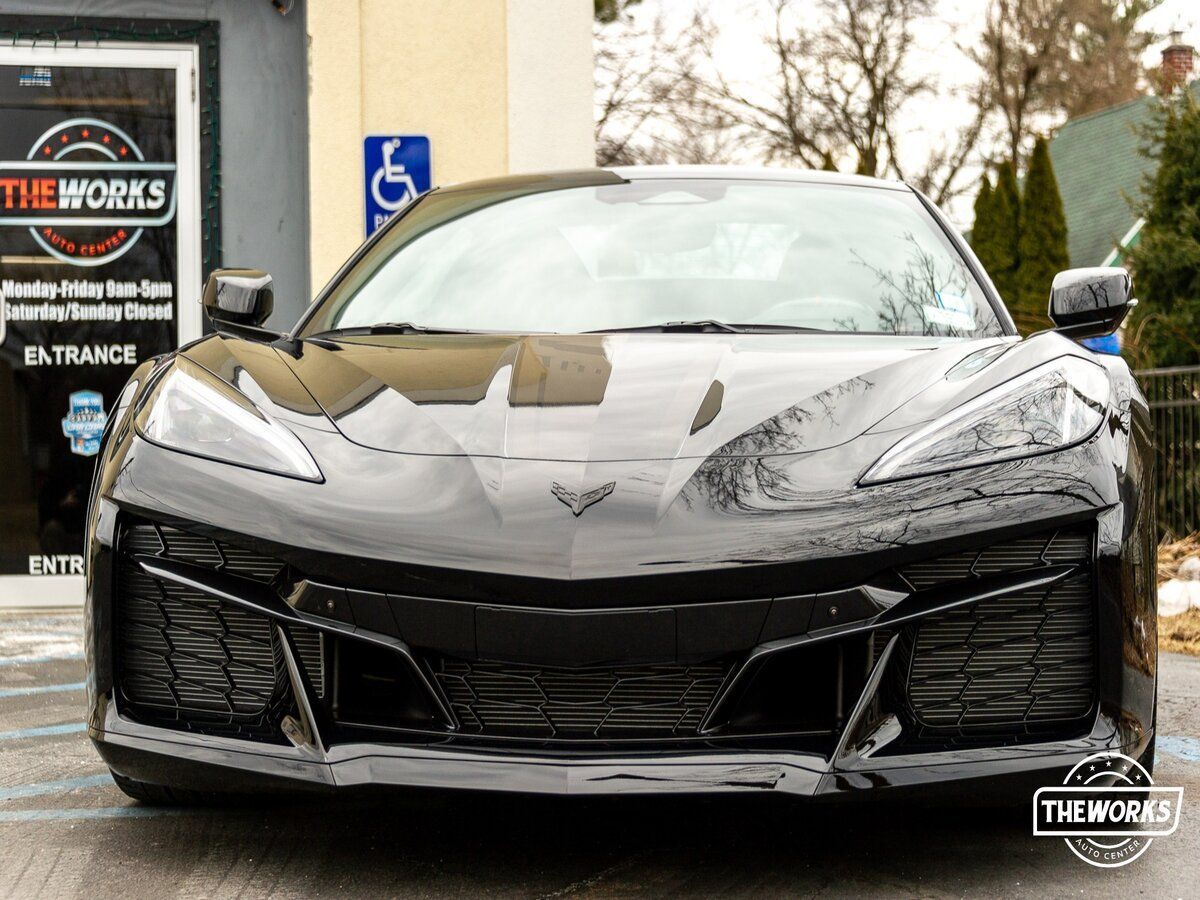
Before you even think about applying that protective ceramic coating, the surface needs to be as clean and smooth as possible. The prep work is crucial to ensuring the best results and making that coating stick around for longer.
Thorough washing and decontamination
To start things off, it's time to give your car a good scrubbing. We're talking about more than just a standard wash here. Use a quality car detergent and a microfiber wash mitt to get rid of all the dirt and grime. Don't forget about the wheels; they need some love too.
Once your car is squeaky clean, decontaminate the paint surface using a clay bar. This nifty tool will help remove any embedded contaminants like tree sap, industrial fallout, or stubborn road grime that regular washing won't eliminate.
Paint Correction
Paint correction is the next crucial step. Addressing any paint imperfections, such as swirl marks, is essential before applying the coating for a smooth and flawless finish. Consider seeking professional help for this step if you lack experience in paint correction.
Surface Evaluation
Now comes the close inspection part. Take a good look at your car's paintwork, examining every inch of its surface for any pre-existing damage or imperfections. After all, you wouldn't want to seal them in with a ceramic coating.
If there are significant imperfections, don't hesitate to address them before proceeding with the ceramic coating process. For minor imperfections, a professional detailer can help rectify those too.
As they say, proper preparation prevents poor performance. And this couldn't be truer when it comes to preparing your car for that all-important ceramic coating.
Deciding the Cost Factor
When it comes to ceramic coating, the cost is a significant consideration for many car owners. It’s important to note that the cost can vary widely based on several key factors, such as the application method and the size of the vehicle.
Professional vs. DIY applications
One of the first decisions to make when considering ceramic coating is whether to opt for professional application or a DIY approach. Professional application entails the involvement of skilled experts who possess the necessary experience to ensure the correct application of the coating. While this may come at a higher initial cost, it often offers long-term expertise and peace of mind. On the other hand, a DIY application may be more budget-friendly, but it necessitates meticulous prep work and attention to detail during the application process.
This decision ultimately depends on your comfort level with applying the coating yourself as well as your budget constraints. Consider whether you're willing to invest more upfront in a professional service for expert application or prefer to take on the task yourself with a DIY kit.
Size of the Vehicle
Another crucial factor determining the cost of ceramic coating is the size of your vehicle. Larger vehicles generally require more coating material due to their larger surface areas, resulting in higher costs for application. This means that an SUV or truck may incur a higher expense compared to a smaller sedan or hatchback.
Consider this aspect when estimating your budget for ceramic coating. It's essential to remember that larger vehicles are likely to require more material and labor during the application process, potentially affecting both the time and cost involved.
In summary, weighing these key factors—application method and size of your vehicle—is essential in determining the total cost of ceramic coating. By considering these aspects thoughtfully, you can make an informed decision that aligns with your specific needs and budget constraints. In understanding the factors that influence the cost and decision-making process for ceramic coating, we now turn our attention to exploring the critical aspects related to durability and longevity.
Understanding Durability and Longevity
Ceramic coatings have gained popularity due to their reputation for durability and long-lasting protection. With proper application and maintenance, these coatings can provide a shield for your car's paint that lasts several years. It's like giving your car protective armor that keeps it safe from the elements.
In some cases, the longevity of the protection provided by ceramic coatings can depend on various factors, such as the brand of the product, the thoroughness of the application, and the environmental conditions the vehicle is exposed to. It's like investing in a good-quality raincoat for your car, protecting it from the chemical downpour it faces every day on the roads.
Resistance to Chemicals and Environmental Factors
One of the key benefits of ceramic coatings is their ability to resist environmental contaminants and acidic substances that cars encounter regularly. From bird droppings to tree sap, these coatings act as a shield, preventing these substances from etching into the paint finish.
For instance, imagine ceramic coatings as a force field that repels harmful chemicals and environmental factors, maintaining the luster of your car's finish. It's like having a protective barrier that keeps your car looking pristine despite what nature throws at it.
So, when you're driving around, your car is constantly bombarded by all kinds of things like dirt, rain, UV rays, and pollution. These can all wear down your car's paint over time if there's no protection. But with the ceramic coating providing a protective barrier, these harmful elements are kept at bay.
It's important to note that while ceramic coatings offer significant protection against environmental and chemical elements, they do not make your car invincible. They cannot prevent all the damage, but they act as an effective line of defense against regular wear and tear.
Understanding these aspects of durability and resistance helps you appreciate how ceramic coatings serve as a long-term investment in protecting your car's exterior from potential harm, making it easier for you to maintain its pristine appearance over time.
Maintenance for Coated Cars
First things first, when it comes to cleaning your coated car, gentle practices are key. Using harsh chemicals or abrasive tools can wear down the coating over time, defeating the purpose of your investment. Stick to pH-neutral car wash soaps, as they are gentle on the coating while effectively cleaning the surface. Additionally, opt for soft microfiber towels when drying or buffing the paint to preserve the coating's integrity.
Regularly inspecting the coated surface is another vital step. Whether it's a quick visual once-over or a more thorough examination, keeping an eye out for any damage or deterioration is crucial. If you notice any issues, such as fading, address them promptly to maintain the coating's effectiveness and prevent any further damage.
In addition to visible damage, look out for dullness or changes in water behavior on the surface. A properly maintained ceramic coating should continue to repel water effectively, creating those signature water beads on the surface. If you observe that the water no longer beads up as it did during the fresh application of the coating, it could indicate the need for maintenance. You can ensure that your ceramic coating will continue to protect your car's paint for years to come by implementing gentle cleaning practices and consistently monitoring the coated surface.
Coating and Environment Implications
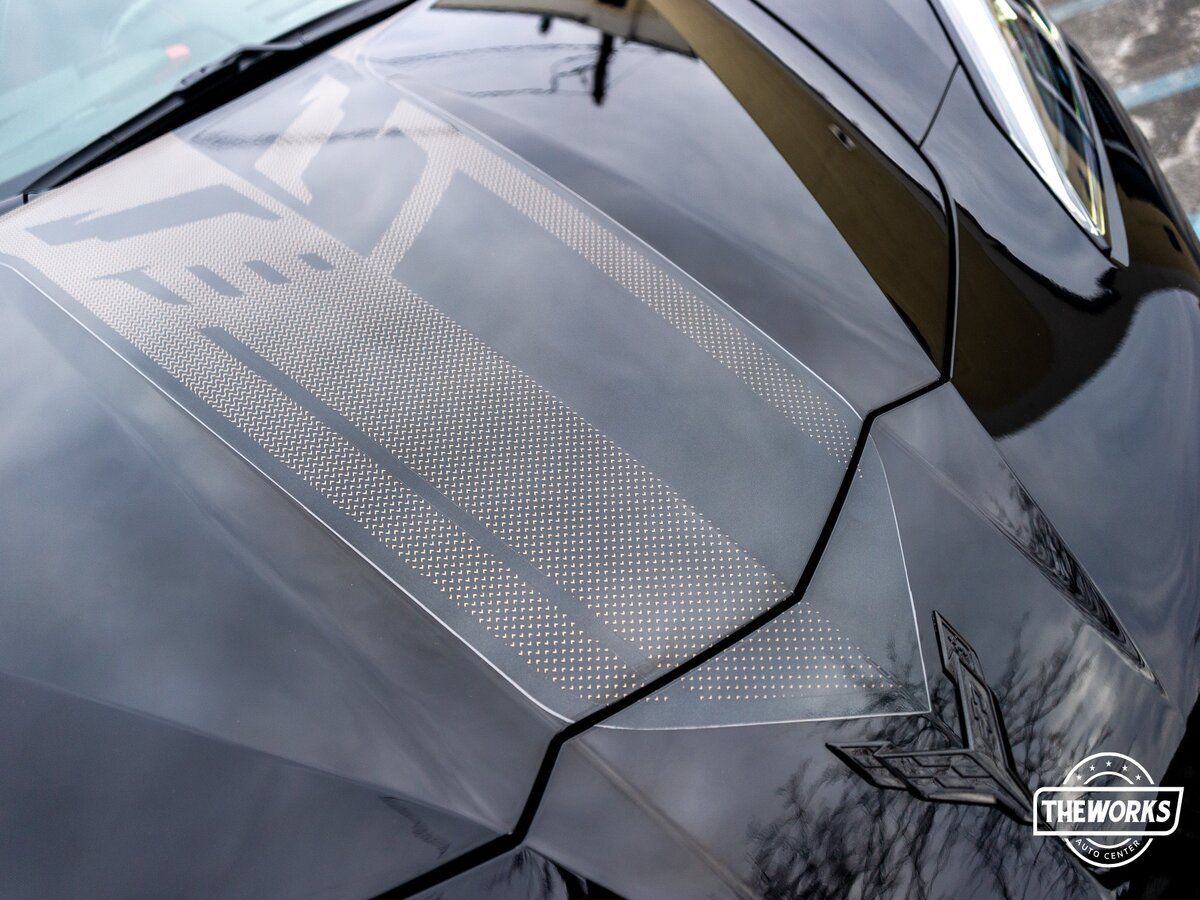
When making choices about car care products, it's important to consider their impact on the environment. Fortunately, ceramic coatings have evolved over the years to become more environmentally friendly, with a focus on reducing volatile organic compounds (VOCs) emissions. This is a significant step forward in the automotive industry, where sustainability is increasingly important for car maintenance.
Eco-friendly ceramic coatings offer a range of benefits, including reduced environmental impact, a longer lifespan, and enhanced safety for users and professionals. These coatings are formulated to minimize harm to the environment, making them an attractive choice for conscientious car owners who want to protect their vehicles while being mindful of their ecological footprint.
The reduction in water usage is another noteworthy implication of ceramic coating. Thanks to the hydrophobic properties of ceramic coatings, car owners may reduce their water usage during car washes. This contributes positively to water conservation efforts, supporting sustainable practices in automotive maintenance.
Furthermore, the longevity of ceramic coatings means that cars require less frequent washing and detailing, which also contributes to water conservation efforts. By reducing the need for constant cleaning, these coatings align with larger environmental movements focused on sustainability and resource preservation.
In conclusion, as we consider the environmental implications of ceramic coating, it's evident that these products offer significant benefits in terms of reduced environmental impact and conservation efforts. Making informed choices about car maintenance can have a positive ripple effect beyond individual vehicles, contributing to a larger movement toward sustainable practices in the automotive industry.
Incorporating eco-friendly practices into car maintenance not only safeguards individual vehicles but also plays a role in promoting sustainable solutions for the automotive industry.
Experience Automotive Excellence with The Works Auto Center: Your Ultimate Destination for Ceramic Coating Services
Are you ready to elevate your vehicle to the pinnacle of automotive brilliance? Look no further than The Works Auto Center, your trusted expert for
ceramic coating services. Our dedication to excellence and passion for perfection drive us to deliver transformative results that surpass your expectations. With years of experience in the automotive industry, our team of skilled technicians possesses unparalleled expertise in ceramic coating applications. We stay at the forefront of industry advancement to ensure that your vehicle receives the highest standard of care. At The Works Auto Center, we believe in using only the finest quality ceramic coating products available on the market. We partner with leading manufacturers to source cutting-edge coatings that offer superior durability, hydrophobic properties, and UV resistance. Book now!
